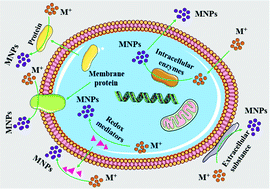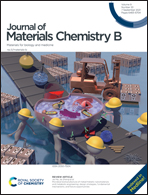Microbial biomanufacture of metal/metallic nanomaterials and metabolic engineering: design strategies, fundamental mechanisms, and future opportunities
Abstract
Biomanufacturing metal/metallic nanomaterials with ordered micro/nanostructures and controllable functions is of great importance in both fundamental studies and practical applications due to their low toxicity, lower pollution production, and energy conservation. Microorganisms, as efficient biofactories, have a significant ability to biomineralize and bioreduce metal ions that can be obtained as nanocrystals of varying morphologies and sizes. The development of nanoparticle biosynthesis maximizes the safety and sustainability of the nanoparticle preparation. Significant efforts and progress have been made to develop new green and environmentally friendly methods for biocompatible metal/metallic nanomaterials. In this review, we mainly focus on the microbial biomanufacture of different metal/metallic nanomaterials due to their unique advantages of wide availability, environmental acceptability, low cost, and circular sustainability. Specifically, we summarize recent and important advances in the synthesis strategies and mechanisms for different types of metal/metallic nanomaterials using different microorganisms. Finally, we highlight the current challenges and future research directions in this growing multidisciplinary field of biomaterials science, nanoscience, and nanobiotechnology.



 Please wait while we load your content...
Please wait while we load your content...